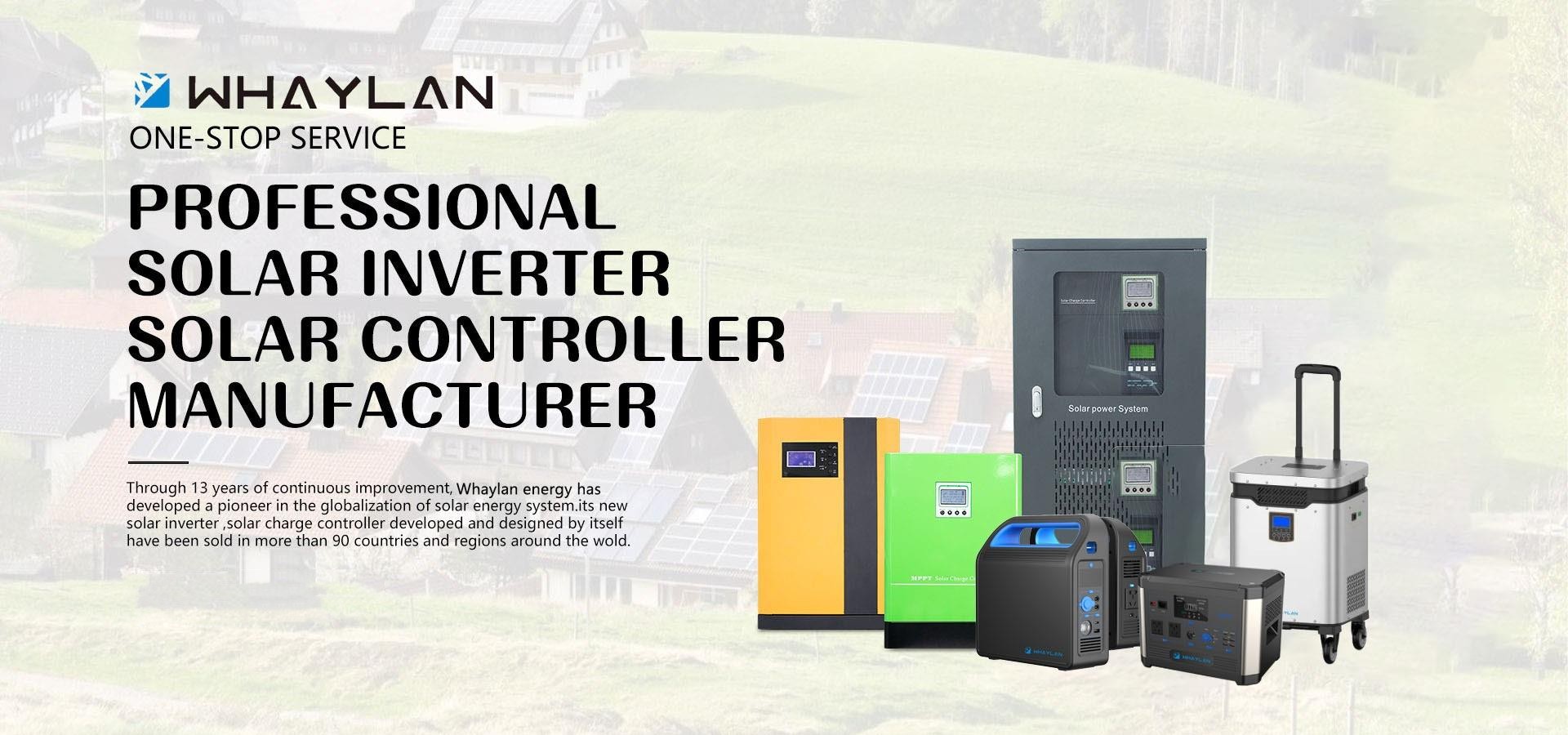In today's highly competitive market, circuit board manufacturers are constantly striving to cut costs in order to gain a larger market share. However, this cost-cutting often comes at the expense of board quality. To help customers better understand these issues, we have had in-depth discussions with senior engineers from circuit board factories, uncovering some industry insights and hidden practices. We’re sharing this information here to assist customers in making more informed and rational choices when selecting a circuit board supplier.
Common quality issues in circuit boards include short circuits, green solder mask blistering or peeling, substrate delamination, board warping, pad lifting, poor plating, and open circuits after aging. The root causes behind these problems typically stem from inadequate production processes, outdated equipment, substandard raw materials, and disorganized management.
First, many manufacturers fail to maintain a closed-loop production process. Circuit board manufacturing is a high-tech industry that involves electroplating, chemicals, and mechanical engineering. Each step must be strictly followed, with proper testing and inspection at every stage. These parameters and equipment ensure consistent board quality. Unfortunately, many small manufacturers lack the discipline and investment required for such standards. They may rely on experience rather than precise data, leading to inconsistent results. For example, improper control of electroplating solution concentration or current levels can significantly impact board performance. This leads to higher repair rates, lower yields, and increased long-term maintenance costs—ultimately harming the customer’s brand reputation and profitability.
Second, outdated production equipment also contributes to poor quality. Modern equipment ensures stability and efficiency, but it comes at a high cost. Many small factories cannot afford advanced machinery, so they depend heavily on skilled labor. However, as labor costs rise and employee turnover increases, the risk of quality fluctuations becomes greater. Without reliable, automated systems, consistency becomes difficult to maintain.
Third, the use of low-quality raw materials is another major issue. Substandard materials can lead to board deformation, delamination, cracking, and uneven surfaces. Some manufacturers even mix genuine materials with cheaper alternatives, creating hidden risks. While these practices may reduce costs and attract price-sensitive customers, they pose serious long-term risks. If a defective board causes failures in the final product, the damage to a company’s reputation and financial losses can be severe.
Fourth, poor factory management exacerbates these issues. With complex production cycles and multiple stages, effective and efficient management is essential. Without proper systems in place, errors multiply, and quality becomes unpredictable. Implementing digital tools and network-based management can improve transparency and control, but only if the factory has the resources and commitment to do so.
In conclusion, board quality is not just a matter of cost—it’s the result of long-term effort, disciplined management, and continuous investment in technology and integrity. Choosing a reliable supplier means looking beyond price and considering the overall value and long-term reliability of the product.
We are manufacturer of Solar Inverter in China,OEM and ODM are acceptable, if you want to buy Off Grid Hybrid Inverter,Solar Power Inverter, please contact us.

Solar Power Inverter,Solar Inverter,Hybrid Inverter,Solaredge Inverter,Solar Power Inverter
suzhou whaylan new energy technology co., ltd , https://www.xinlingvideo.com